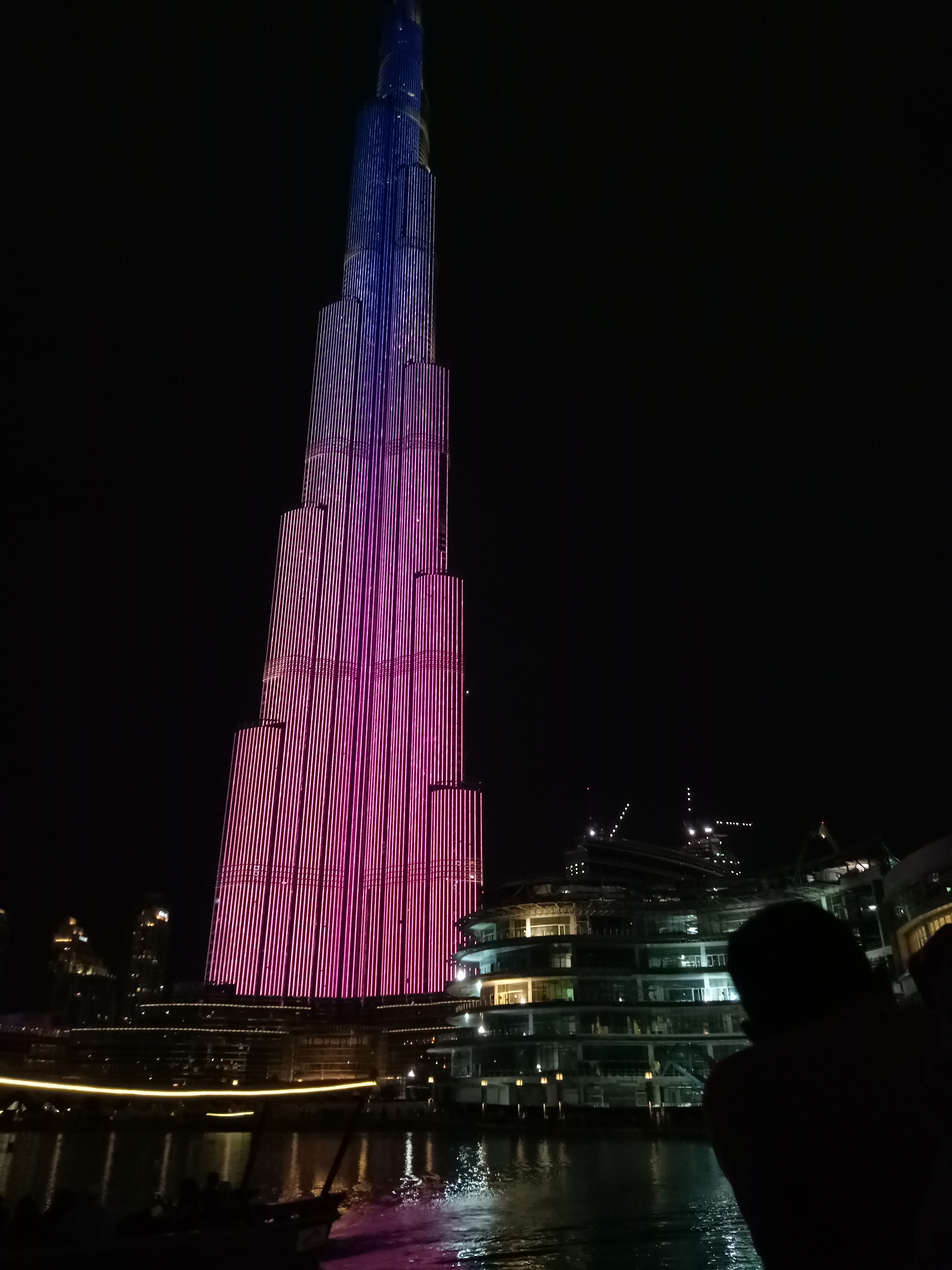
Uploaded on 2017-06-12 by Anushree Rajhans
This is a photograph of the famous Burj Khalifa taken by me when I visited Dubai last year in December. This is a perfect example and the first one that came to my mind while reading about the statement given in the task i.e. The impact of infrastructures such as transportation, water, health, and energy on urban form and architecture is a fact. With the beginning of the 21st century, buildings and cities are becoming physical and software systems in addition to collections of material and shapes. Water, energy, transportation and health infrastructure are thus crucial dimensions for the design of the future sustainable urban systems and the human habitat. The Burj Khalifa is a result of extensive research and computer simulations . Each and every aspect of the building uses software systems and from construction to the operating and maintenance phase today, electricity plays the biggest role in it. As is shown in the photograph, the building is lit like this every evening which uses a lot of electricity. The height of the building meant that it had to be thoroughly testes=d for wind pressures and it effects. A computer as well as physical model was made and put through computer simulations to study the same. These models and this simulation is displayed inside the Burj Khalifa as a demonstration for its evolving process. Thus we see the significant impact of software has remodeled how a building is conceived and implemented.